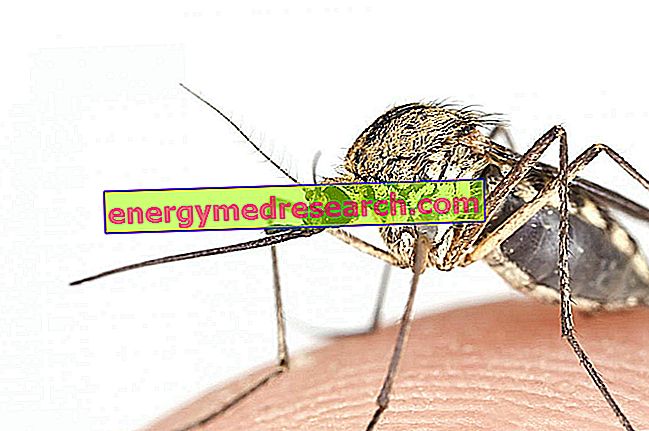Definition
Gardnerella vaginalis is a common bacteria that colonizes the bacterial flora of the vagina: in favorable conditions, the small microorganism, growing exponentially, favors the appearance of vaginal affections, such as bacterial vaginosis.
Causes
Gardnerella infections are favored by an alteration of the vaginal pH: when the pH increases beyond what is due, the lactobacilli are no longer able to protect the area from a possible bacterial colonization; therefore, facultative anaerobic microorganisms - such as Gardnerella - generate infection.
Risk factors for gardnerella infections: antibiotic abuse, intrauterine contraceptives (eg spiral), improper intimate hygiene, slightly alkaline sperm (→ alteration of slightly acid vaginal pH), frequent and unprotected sexual relations with subjects at risk.
Symptoms
In half of the patients diagnosed, the presence of Gardnerella in the vagina is asymptomatic. In other cases, the overgrowth of Gardnerella can cause: alteration of vaginal pH, perception of burning and irritation at vulvar level, abnormal whitish and foul-smelling vaginal secretions (a rather vague and common symptom in numerous sexually transmitted bacterial infections)
Gardnerella infections are twice as frequent as vaginal candidiasis
Information on Gardnerella - Gardnerella Drugs for Care does not intend to replace the direct relationship between health professional and patient. Always consult your doctor and / or specialist before taking Gardnerella - Gardnerella Medication.
drugs
The best cure for Gardnerella infections is prevention; adopt adequate hygienic - behavioral measures, make use of barrier contraceptive methods (eg condoms) and use internal vaginal cleansing only when strictly necessary: these are the three very important guidelines for preventing this unpleasant bacterial infection.
Only after a specialist check, is it possible to undertake a pharmacological procedure - clearly prescribed by the doctor - useful for treating the infection and above all for preventing complications (pelvic inflammatory disease, bacterial vaginosis, sterility).
- METRONIDAZOLE (eg Metronid, Deflamon, Flagyl): antibiotic therapy for excellence against Gardnerella infections involves the use of metronidazole, for topical and / or systemic use. Generally the duration of therapy for topical use is around 5 days; systemically (300 mg twice a day), it is recommended to continue the therapy for a week, unless further instructions are given by the attending physician. Furthermore, it is possible to administer a single dose of high-dose metronidazole. Consult your doctor.
- Tinidazole (eg. Trimonase, Fasigin-N): it is recommended to administer this antibiotic at a dose of 2 grams / day, on a full stomach for two days; alternatively, take 1 gram of the drug once a day - always on a full stomach - for 5 days. Do not take the drug in pregnancy: consult your doctor.
- Clindamycin (eg. Dalacin-T , Clindamycin BIN , Zindaclin , Dalacin-C ) : when applied topically, the drug is quite effective to counter Gardnerella infections. Generally the duration of therapy for topical use is around 7 days. However, the antibiotic drug can also be taken orally at a dose of 300 mg twice a day.
In addition to the oral administration of antibiotics, in the case of Gardnerella infections it is also recommended to use acidifying agents, useful for decreasing vaginal pH, thus restoring the balance of the bacterial flora. For example, solutions based on acetic acid, with an anti-infective and acidifying action, are particularly effective in case of Gardnerella infections. Furthermore, it is recommended to take probiotics, in order to balance the bacterial flora, compromised by the antibiotic.



